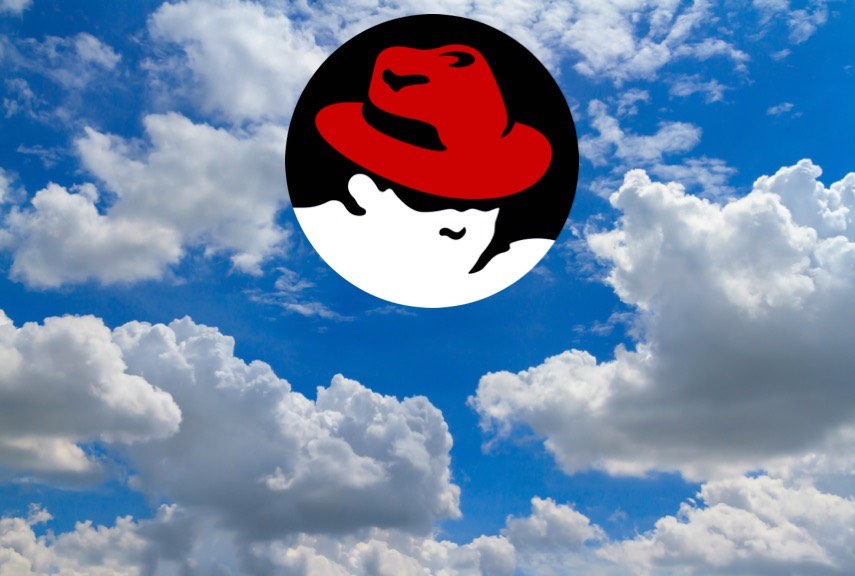31-October/ANALYSIS: IBM acquires Red Hat in a deal valued at $34 billion. The news caught everyone by surprise — employees of both companies were stunned to hear this news last Sunday. However, I have read about similar mega-mergers & acquisitions before: Compaq-DEC, HP-Compaq, Oracle-Sun, Dell-EMC, Apple-Beats, Microsoft-GitHub, Facebook-Instagram-WhatsApp, Google-YouTube, Samsung-Harman. Great companies like Data General, Packard-Bell, Wang, and Bull, Zenith Data Systems (who were dominant in the 60s, 70s and 80s) also vanished. These M&A’s are strategic business moves to strengthen a company’s position in the market, to gain intellectual property, human assets, skills and experience; technical know-how, R&D strengths; customers and new business opportunities; additional or new revenue streams. However, there is something more important to all that. Read on to find out.
Let’s start by discussing what IBM stands to gain. IBM suffered 22 quarters of losses and showed growth after a long time in its Q4 results, in January 2018. Its fiscal 2017 annual revenue was $79.1 billion, So with the Red Hat acquisition, it is spending just under a third of its annual revenue — to buy ONE company! That’s a lot to spend especially when a company is just starting to show recovery. IBM did see something very promising in Red Hat to bet such a massive stake on it.
Red Hat has been making open source software for years and giving it away for free. It makes its revenue from the services built around its software, notably Red Hat Enterprise Linux. Its offerings include: services & support, application platform (JBoss), automation technology (Ansible Automation), container application platform (OpenShift), cloud computing platform (OpenStack), and other technologies.
It is a well-known fact that Linux powers more than half the servers on the Internet. Moreover, cloud computing is based on services that run off these Internet servers. It has been proven that technology stacks and applications that run on Linux platforms are more stable, perform better and more suited to the mission-critical requirements of today’s businesses. In fact my friend Sujit John reports in the Times of India that Red Hat is the IT backbone of eminent institutions and projects like the Bombay Stock Exchange (BSE), National Stock Exchange (NSE), Aadhaar, GST, Indian Railways, The Central Board of Direct Taxes (CBDT), and Employees’ Provident Fund Organisation (EPFO).
When the acquisition is completed next year, all of them will become IBM customers, adding significantly to its earnings. This will also happen worldwide as Red Hat has a chunk of the Fortune 500 companies as its customers.
IBM will also become a top-three player in the cloud computing space. People I have spoken to in the industry tell me that there is space for just three players in the cloud club and now the three dominant ones are Amazon Web Services, Microsoft Azure and Google Cloud. However, IBM’s cloud business has been proliferating, especially since July 2017, when it introduced IBM Cloud Private. The rapid growth in its cloud business boosted its Q2 revenue to $20 billion — up 4% year-on-year.
IBM is betting big on multi-cloud and hybrid cloud technology — and Red Hat is king in making those technology stacks and platforms. So it will be interesting to see what IBM does with OpenShift, OpenStack and other technologies it is acquiring from Red Hat — and how it will leverage this for its analytics, AI, security and other offerings.
Now to answer the key question: What is the asset that IBM will truly value from Red Hat?
I have been speaking to ex-employees from Red Hat India, and they speak volumes about the fantastic culture in the organisation. The transparency, communication and camaraderie among its employees are praiseworthy. Everyone is very accessible — right up to the CEO (Jim Whitehurst). I have heard that Red Hat has a messaging system for its employees to share notes with anyone in top management. Also, they are encouraged to express themselves, freely and fearlessly. Red Hat also has 13,000 wonderful people worldwide
That’s the most valuable asset that IBM stands to gain. Regardless of industry, the most critical thing in any organisation is its people and culture.
I hope IBM preserves that culture in the merged entity — by letting Red Hat function autonomously. An excellent model to follow is Dell – VMware.
Related story: ‘Red Hat’s journey to the cloud has been a natural progression’
Also see: Red Hat: It’s in IBM’s best interest to keep us as ‘Switzerland’

